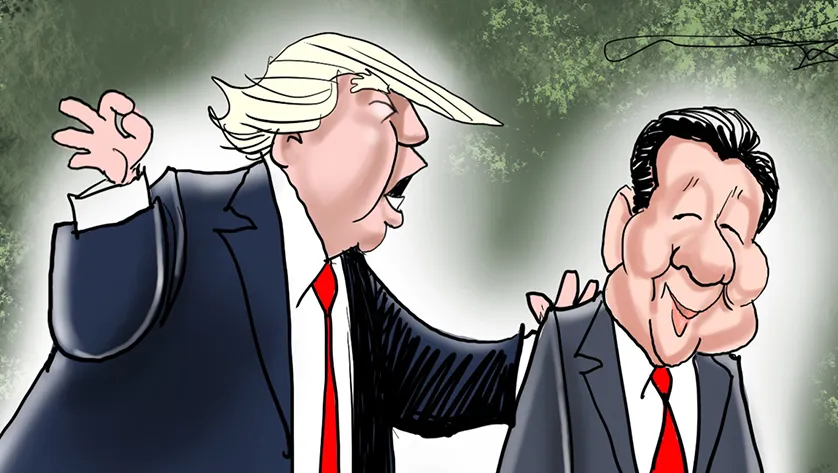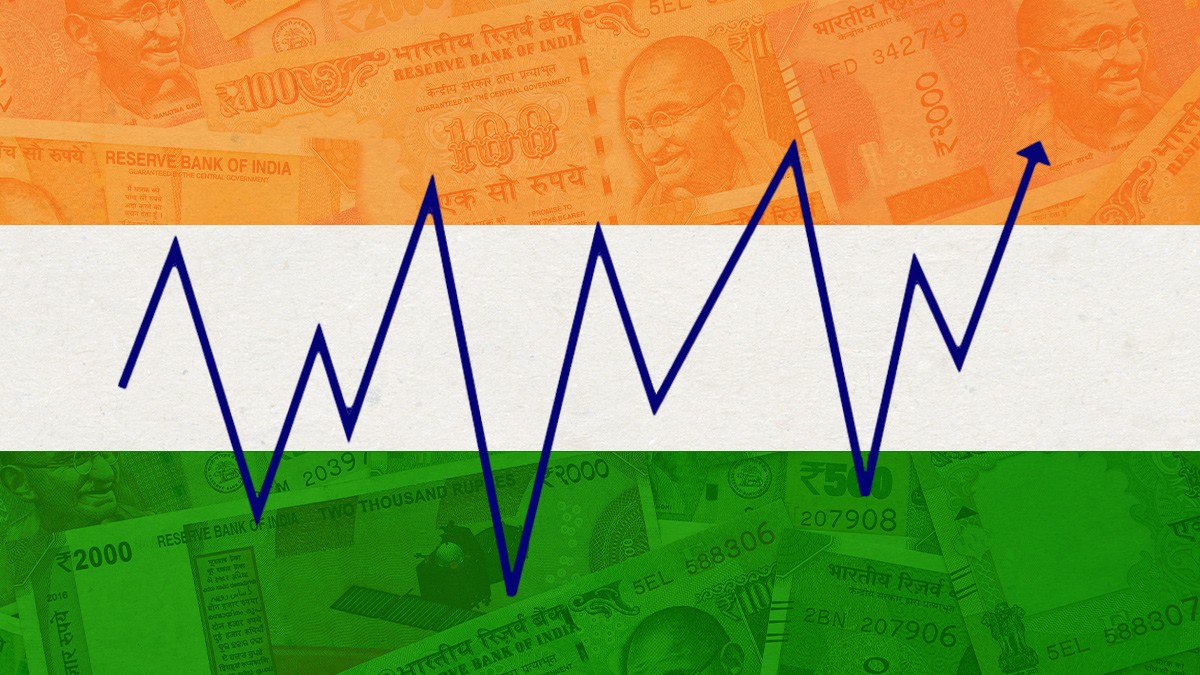US-China Trade war could trigger a massive financial upheaval. Goldman Sachs cautioned that US investors might be forced to divest nearly $800 billion of Chinese equities under an “extreme scenario.”
According to a recent Goldman Sachs report cited by Bloomberg, American institutional investors currently hold about 7% of Chinese companies’ market capitalization through American Depositary Receipts (ADRs), Hong Kong listings, and a fraction of China’s A-shares. The investment bank warns that in the event of a forced financial separation between the two largest economies, US investors could face significant barriers to transferring these holdings to Hong Kong, particularly if major firms like Alibaba Group are involuntarily delisted from American exchanges.
The report, led by Goldman strategist Kinger Lau, highlights that a forced delisting could result in valuation drops of around 9% for ADRs and 4% for the MSCI China Index. Currently, American investors’ exposure includes $250 billion in Chinese ADRs (26% of ADR market value) and $522 billion in Hong Kong stocks (16% of the market), alongside smaller positions in China’s domestic A-shares.
In such an event, Goldman projects that while US investors could theoretically exit their A-share holdings within a day, it would take 119 days to divest Hong Kong stocks and 97 days for ADRs. A parallel financial retaliation from China could involve selling an estimated $1.7 trillion in US assets, encompassing equities and bonds.
Further complicating matters, the KraneShares CSI China Internet Fund, the largest US-listed China-focused exchange-traded fund (ETF), may face severe liquidation risks. With 33% of its portfolio in ADRs—half of which lack alternative Hong Kong listings—the fund is particularly vulnerable.
The latest concerns echo warnings first raised during Donald Trump’s presidency, now resurfacing amid statements from US Treasury Secretary Scott Bessent that “all options” remain open in managing the fraught US-China relationship.
US-China Trade War: India Emerges as a Beneficiary
Amid the turmoil, India is increasingly seen as a potential winner. With only 2.7% of US imports coming from India, the country’s minimal trade exposure has insulated it from the direct impact of US-China tariff escalations. Global investors are taking note: foreign portfolio inflows into India have surged by $25 billion this year, with Indian equity markets outperforming global peers.
Driven by government-backed manufacturing incentives under the ‘Make in India’ initiative and strategic neutrality in global trade conflicts, India has attracted major investments. Apple Inc., for instance, assembled $22 billion worth of iPhones in India over the past year, marking a 60% jump from the previous year. Nearly $2 billion worth of iPhones were shipped to the US in March 2025 alone, positioning India to account for 30% of global iPhone production.
Chinese companies like Haier and Shanghai Highly are also recalibrating their India strategies, with increased willingness to engage in minority-owned joint ventures and technology partnerships.
Yet, analysts warn that India’s structural issues, e.g. a manufacturing base that accounts for less than 13% of GDP, dependence on Chinese inputs, land acquisition obstacles, and credit bottlenecks may restrict the magnitude of its gains.
Still, with shifting global supply chains and a surge in investor confidence, India appears poised to transform current geopolitical disruptions into a long-term growth opportunity.
Also Read: China Aims to Outlast US in Trade War as Tariff Tensions Soar
























